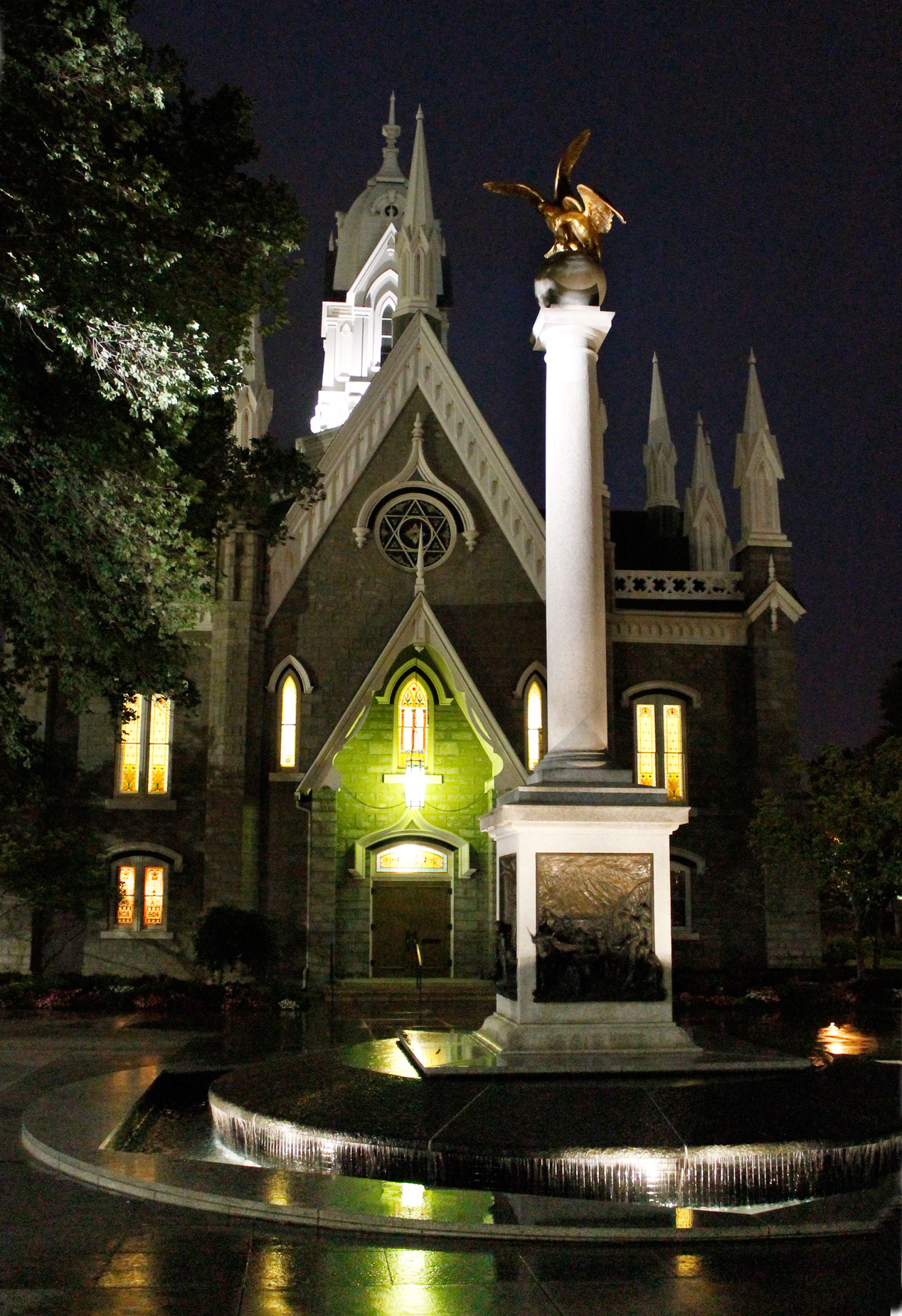Today’s Post by Joe Farace with Mary Farace
“Those who dream by day are cognizant of many things which escape those who dream only by night.” ― Eleonora
 The ISO (International Standards Organization) standard is a method used to quantify a film’s sensitivity to light. Hold on, digital is coming in the next paragraph. Lower numbers, such as 50 or 100, represent less light sensitivity; while higher numbers, such as 800 or 1600, show a film that’s more sensitive to light. Conveniently, ISO numbers are proportional to their light sensitivity. As you double or halve an ISO number, you double or halve film’s sensitivity to light. Film with an 800 ISO is twice as sensitive to light as 400, and 800 film is half as sensitive to light as 1600.
The ISO (International Standards Organization) standard is a method used to quantify a film’s sensitivity to light. Hold on, digital is coming in the next paragraph. Lower numbers, such as 50 or 100, represent less light sensitivity; while higher numbers, such as 800 or 1600, show a film that’s more sensitive to light. Conveniently, ISO numbers are proportional to their light sensitivity. As you double or halve an ISO number, you double or halve film’s sensitivity to light. Film with an 800 ISO is twice as sensitive to light as 400, and 800 film is half as sensitive to light as 1600.
You may (or may not) be surprised to learn that despite what it says on your DSLR or mirrorless camera’s dial, button or LCD screen, digital cameras don’t have true ISO settings, which is why you’ll occasionally see the term “ISO Equivalent,” tossed around in camera specifications. Over time camera manufacturers developed technologies to let their imaging sensors respond similarly to the way that film responds to light. DSLRs and mirrorless cameras offer a range of ISO speeds but all you really need to know that when you set a digital camera to ISO 400, you can expect a similar response to light that ISO 400 film would produce.
These days manufacturers are offering higher and higher ISO settings with their latest cameras. The full-frame Pentax K-1 Mark II, for example, has a Ricoh-developed Accelerator Unit that boosts the camera’s sensitivity to ISO 819,200 for shooting in extreme low light. Think black cat in a coalmine. The images produced at the setting might be less than desired but in my testing shooting at ISO 51,200 might produce results that might be acceptable to many people. You can see my tests of that camera’s low light performance here,
How Mary made this photograph: Mary made this photograph in Salt Lake City when assisting me for a review of a Canon EOS Rebel T3 for former print edition of Shutterbug. She mounted an EF-S18-55mm f/3.5-5.6 IS zoom lens (at 20mm) and used her feet to get the cropping she wanted. You can see a monochrome version of this image here.
Reciprocity Failure
For a final comparison: When film is exposed at slow shutter speeds, it becomes less sensitive to light and, in turn, shifts color balance, a condition that’s caused by something called reciprocity failure. For traditional photographic materials, reciprocity is accurate over a specific range of values of exposure but only becomes inaccurate when departing from this range. Fortunately, digital cameras are not afflicted with this problem. That’s the good news, the bad news is that during long exposures and at high ISO settings there is a corresponding increase in accumulative digital noise. You can read more about the different kinds digital noise and its causes here.

Along with photographer Barry Staver, Joe is co-author of Better Available Light Digital Photography that’s out-of-print but new copies or used copies are available from Amazon, as I write this.